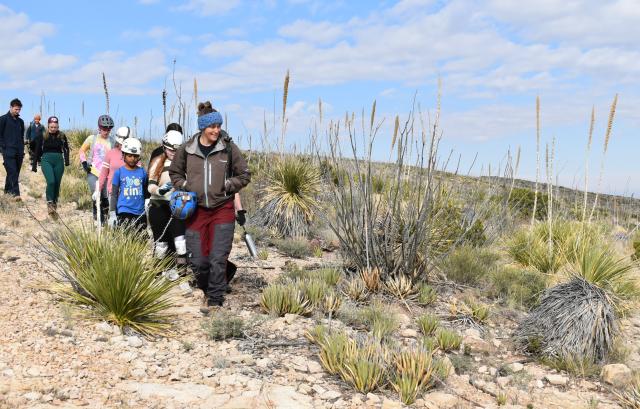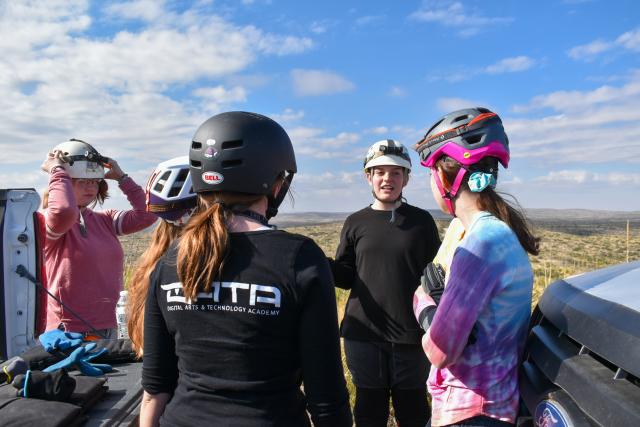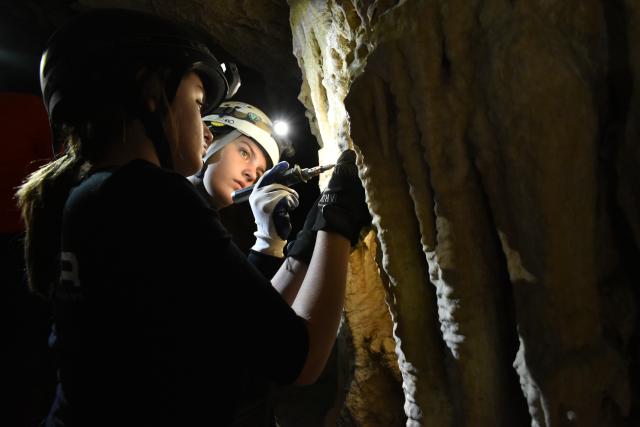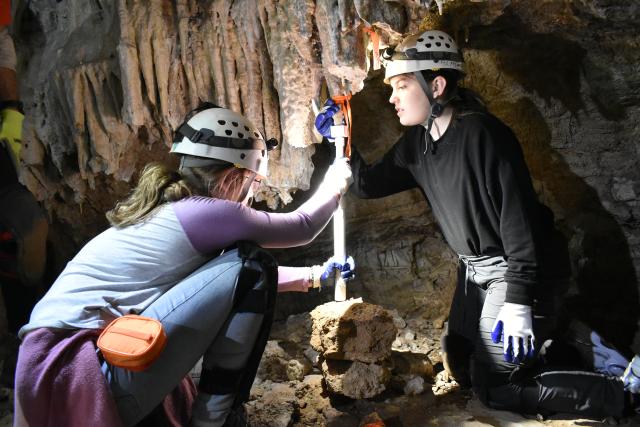Related Stories
- Inspiring Future Land Stewards Through STEAM
- When the awards don't matter
- State of New Mexico officials honor BLM firefighters for Camp Fire response
- Virtual adventures await: Discover six BLM public lands you can tour from anywhere
- Partnership drives ongoing habitat restoration in Muddy Creek watershed
Office
520 E. Greene Street
Carlsbad, NM 88220-6292
United States
Phone:
Email:




